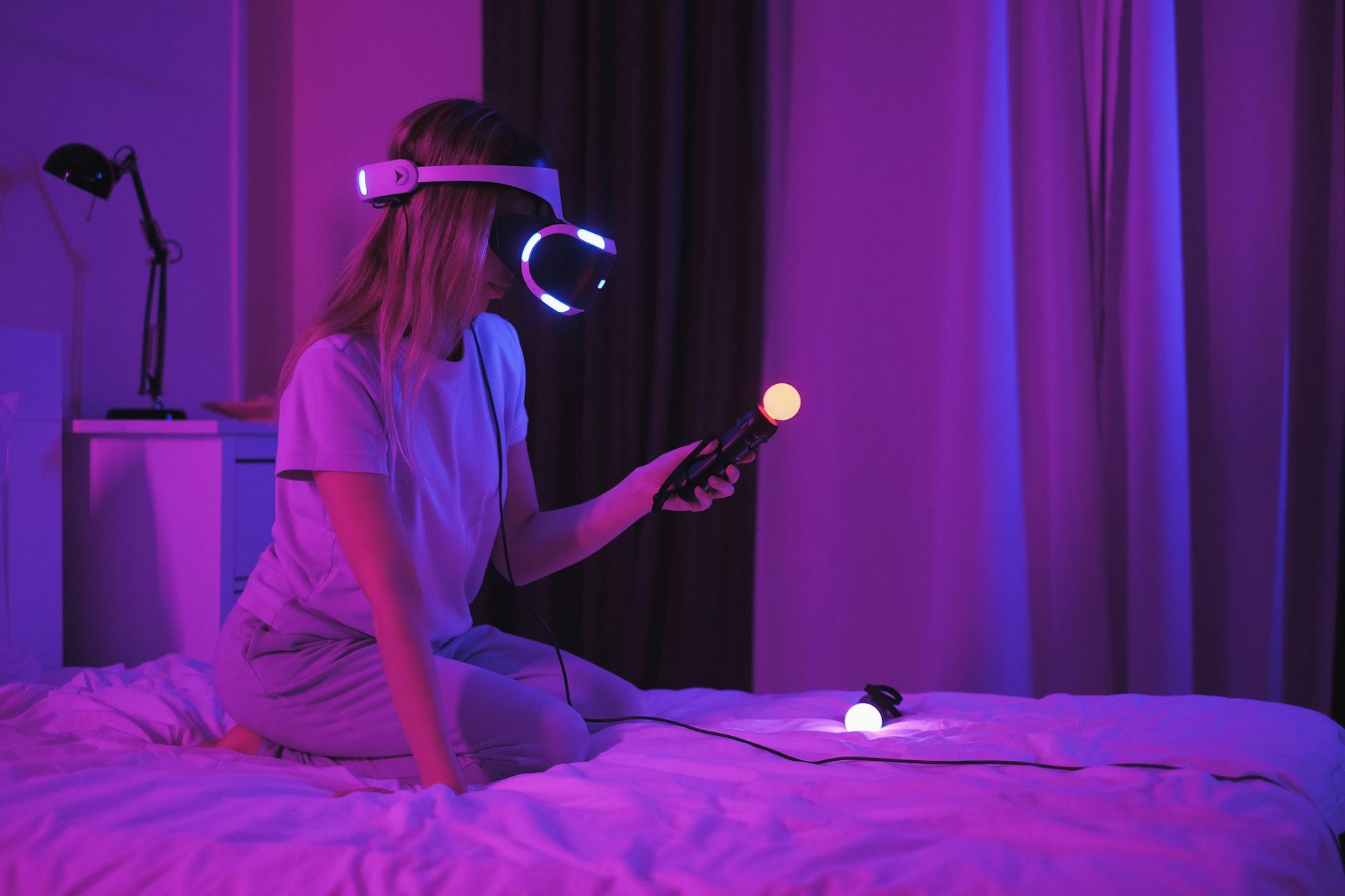Ok, I promised myself I would not build more computers. There is no need. Yet in 2020 I’ve built two and am working on a third. Some important notes. When things don’t power up. Here’s how to figure it out. I was working on building a new PC for Dave and got him a new Ryzen with an nVidia 1060 display and plugged it all in and it just didn’t power up. So strange. Turns out it has to do with the 8-pin cables.
TL;dr
When building a PC, all the connectors are keyed and you can’t possibly plug the wrong cable into the wrong place with one very large exception in 8-pin ATX/CPU vs PCIE/VGA Cables:
- There is a six-pin and eight-pin power connectors are identical. The one going to the CPU and marked usually
CPUwill not work with the graphics cards, typically labeledVGAorPCIE. - When you plugin these eight pins, make sure you can see if the cable is labeled
CPUorVGAor whatever. If the cable is unmarked, then don’t use it because they are wired differently - Same with the six-pin versions, be very careful. At worst the machine will not boot. At worst, you will blow something up.
A sordid tale of mystery…
- The biggest strange issue has to do with power supplies. A good buddy Vlad shirted a power supply by taking modular cables from on PSI and using on another.
- For our latest build of a base gaming machine, the AMD Ryzen 5 3600 with nvidia RTX 1060 card, we assembled the whole thing and it wouldn’t even power on.
- The internet says to checkout power switches and so forth, but it turns out the trick is in careful and slow testing.
- So first install the motherboard and make sure that all the screws are tight and in place. The motherboard screws act as grounds and you can get strange behavior.
- Just put the CPU in and the single motherboard power and see if you can power up.
- However, this motherboard has two additional port connectors an eight and a four pin. The problem is that the EVGA power supply doesn’t have a four pin. So I just used a spare VGA power plug and it fit
The machine didn’t boot with that plugged in. Turns out that even though the VGA extra power is eight-pin and the CPU is eight-pin, they are not compatible. So it looks like you need things with the right pin out
- Motherboard connector. These and 20 and 24 pin. Most modern boards are 24 pin. Shouldn’t be any problems here. By the way if you debugging a power supply. Putting these in first and then booting is a good answer.
- The real danger is in the six pins for the CPU and the VGA cards. Turns out that the connector looks identically but is wired completely differently. With the CPU pin out, you have six pins and half are power and half are ground.
- But the connector that goes into the VGA card also known as PCIE cables are wired differently, two are power and four are ground, so if you use the wrong cable, in the best case the motherboard won’t boot. In the worst case, you will blow your power supply.
How did it get this way? A brief History of PCs
OK for those really interested, this all happened nearly 40 years ago. The original PC was updated to something called ATX and then this got an update to ATX12V as processors got more powerful. This explains the strange split connectors you find in modern supplies as they can support both both ATX and ATX12V.
ATX uses a 20-pin main board connector and also has that dreaded 6-pin auxiliary power connector on the mainboard.
ATX12V is for the more powerful boards. In a power supply, that’s why you can see 20-pins and then a 4-pin thingy that you kind of stick together with the 20-pin to get a mainboard. With a 24-pin, you don’t need the six-pin auxiliary power. Why? because the then-new PCI-Express needs 75 watts to the slots and that’s what the extra 4-pins are for.
Then there is the ATX 6-pin which is connect more 12V power to the motherboard. There is also a 4-pin ATX and you can even have 8-pin ATX and even dual 8-pin ATX pins depending on how much power the processor needs. Technically this is called the ATX v2.2 standard and the pinout looks like pins 1-3 are Black and common ground and then pins 4-6 (the upper row) are all +12VDC. This is technically called an ATX12_v2 connector.
This is all used to power the PCI Express expansion slots but plug into the motherboard.
PCI+E Connectors are for some cards need even more power than the 75 watts that PCI Express supplies from the motherboard. For instance the latest nVidia RTX 2080 Ti requires 300 watts, so PCI Express can’t handle it, so there are cables that go directly to the motherboard but these cables bypass the motherboard and go directly to the card. These are called 6+2 PCI Express power cables.
This is the cable that looks identical to the ATX12_V2 connector.
The 6-pin PCI-E connector supplies another 75W of power so you get 150W total. Good enough for midrange cards. There are also cards with 8-pin connectors as well to give you 150W. And the top-end cards have two 8-pin and 1 6-pin PCI-E Cables, so they can support 75W (from motherboard), 75W from the 6-pin and then 150W from each of the 8-pins. That’s a whopping 450W of power for the card. As an aside when you do this make sure you don’t use the Y-connected, try to tie each one directly to the power supply.
The reason for this difference is the PCI Express which has pins 1-3 as 12V and then black or ground are five pins 5-8. But the CPU cable is pins 1-4 as 12V hot.






